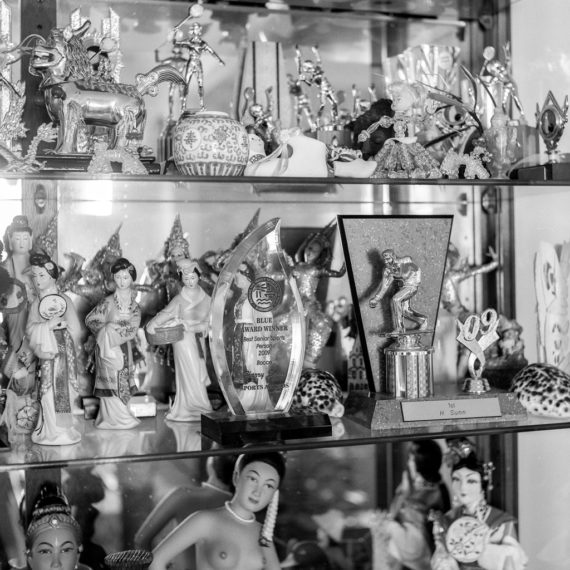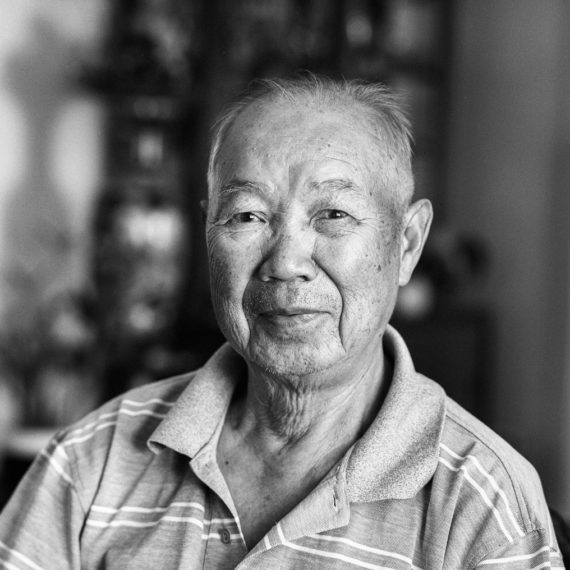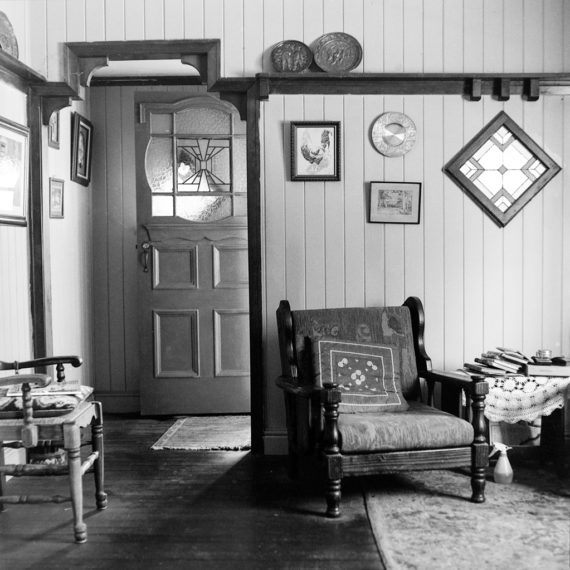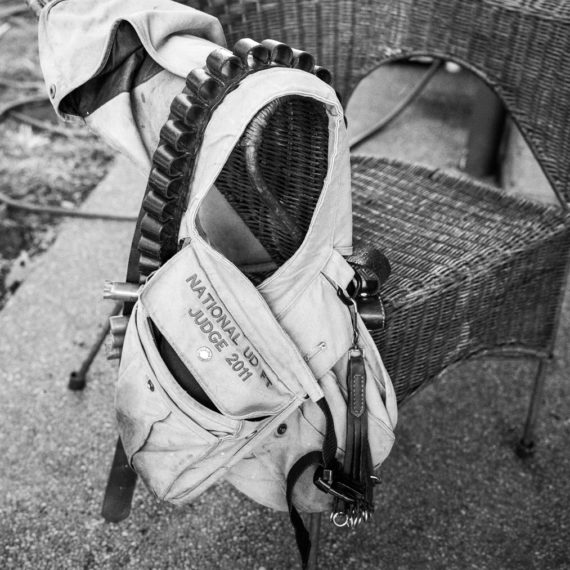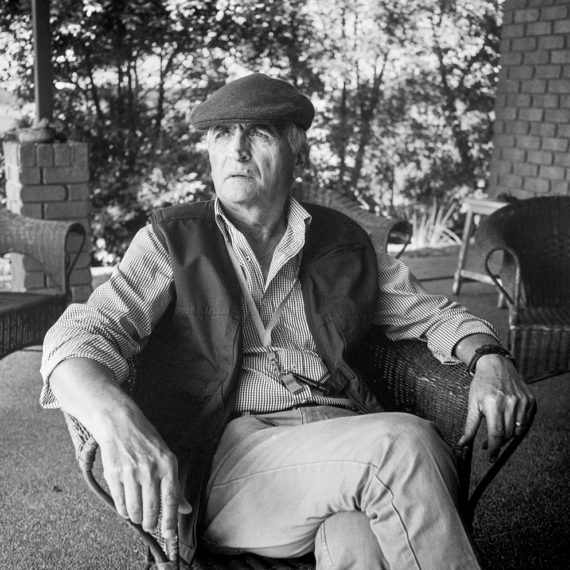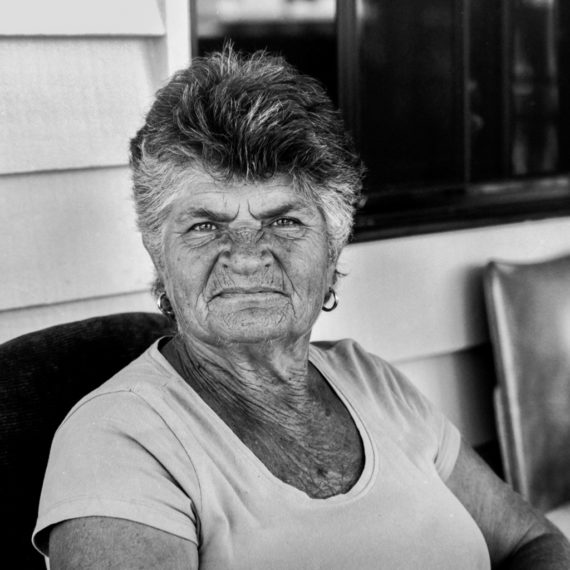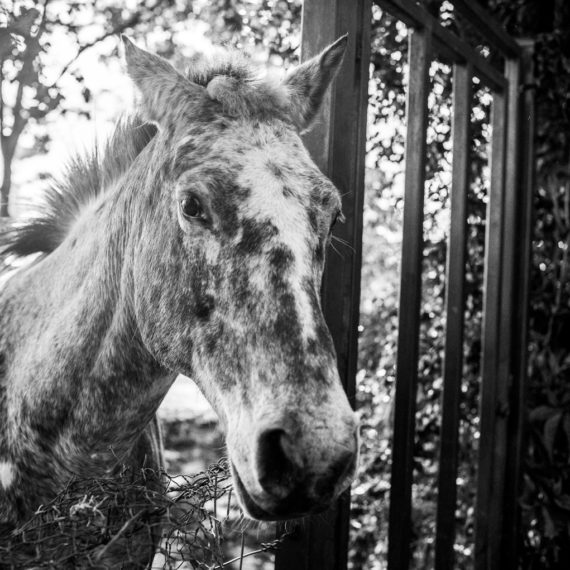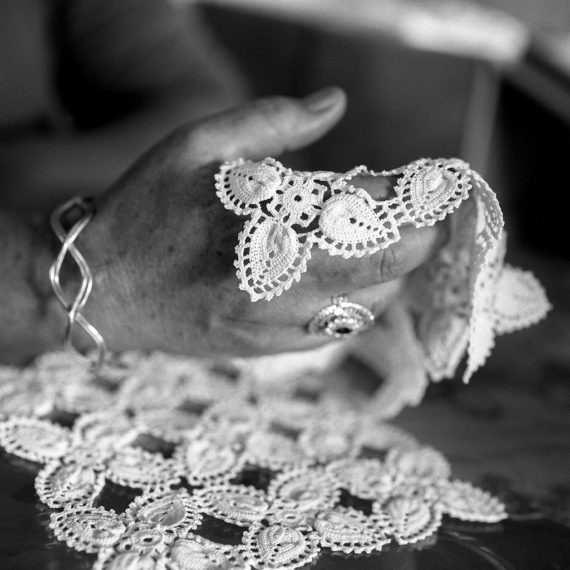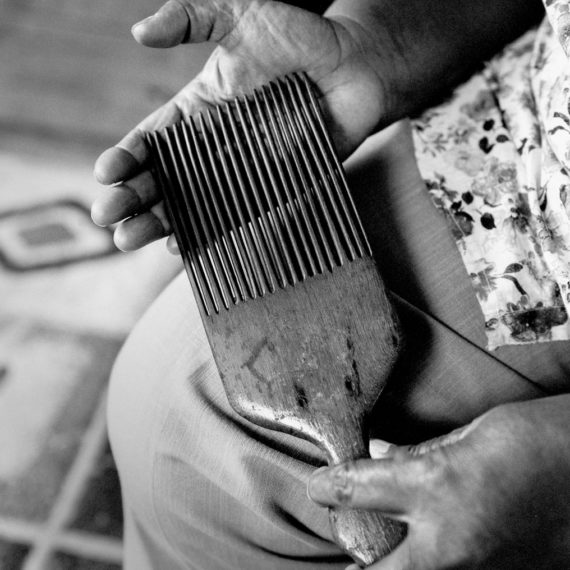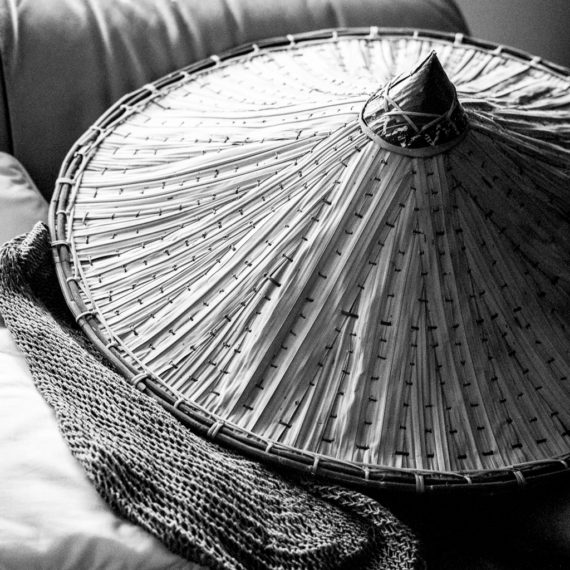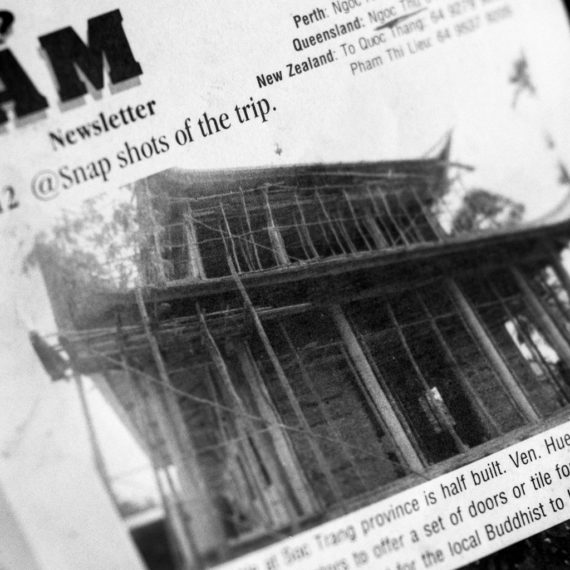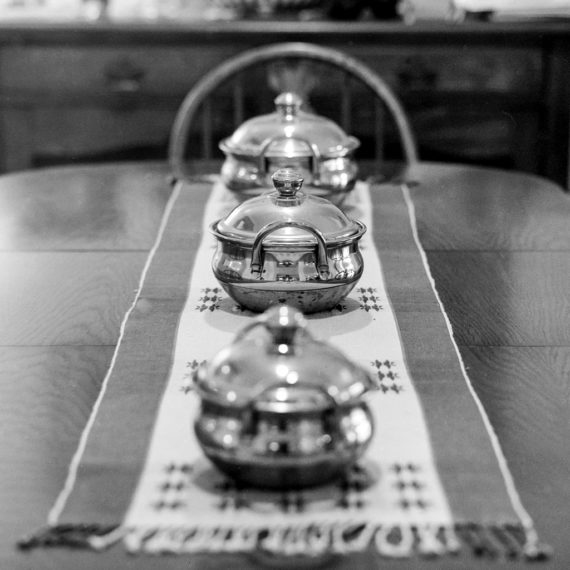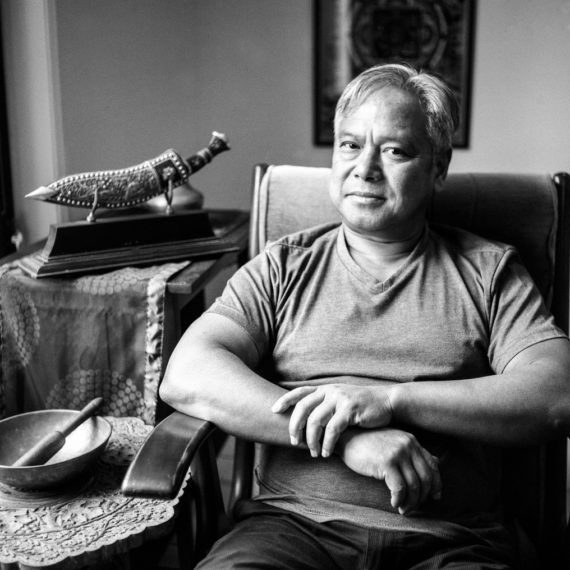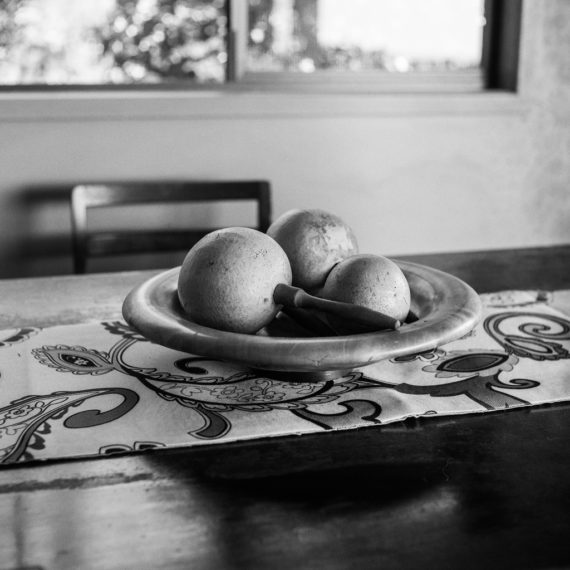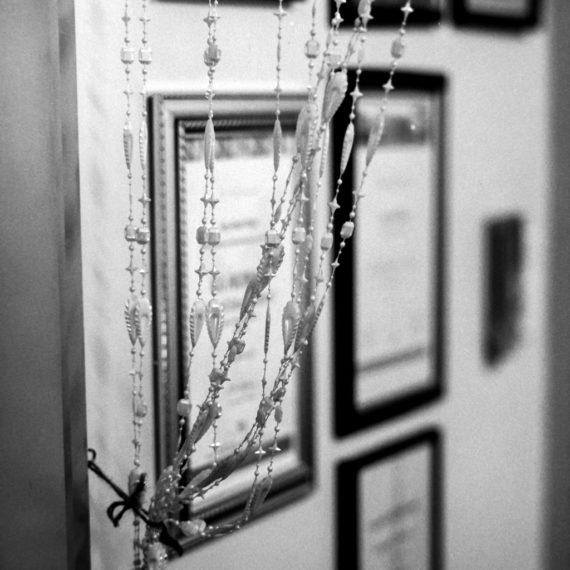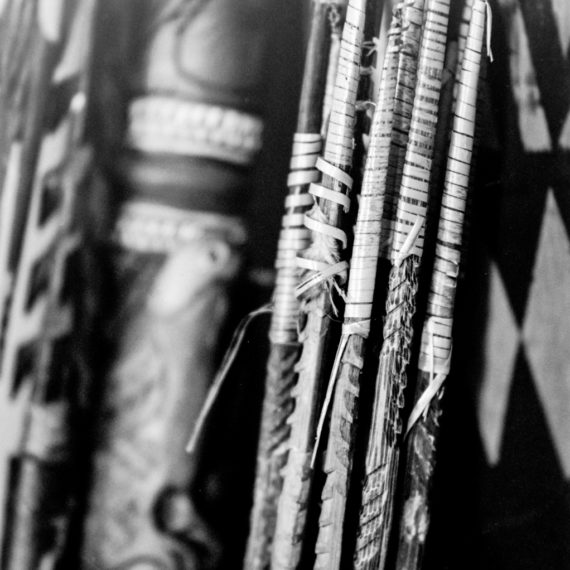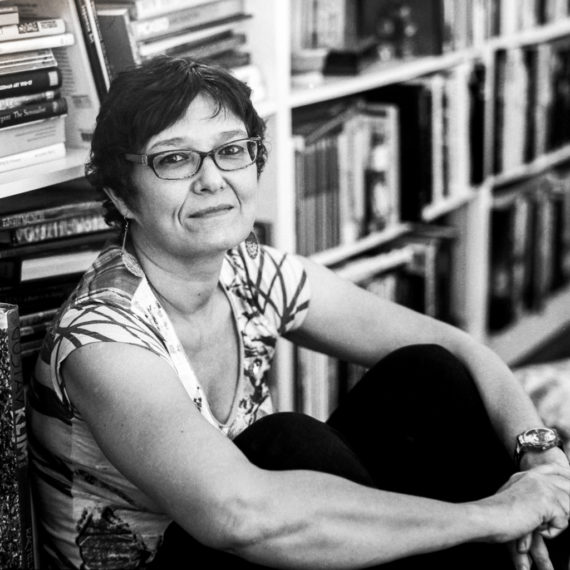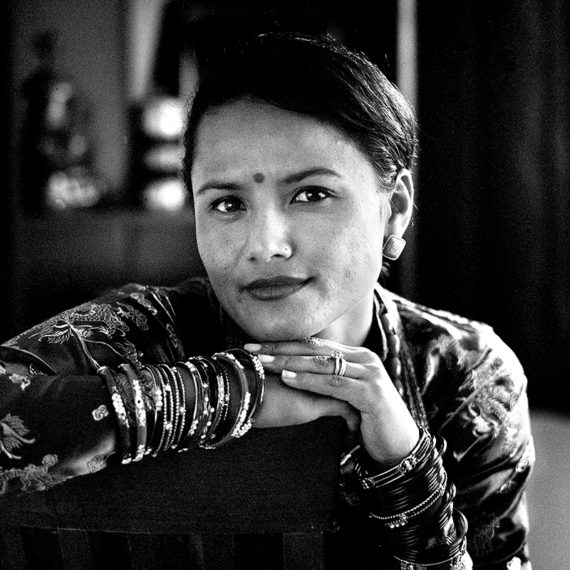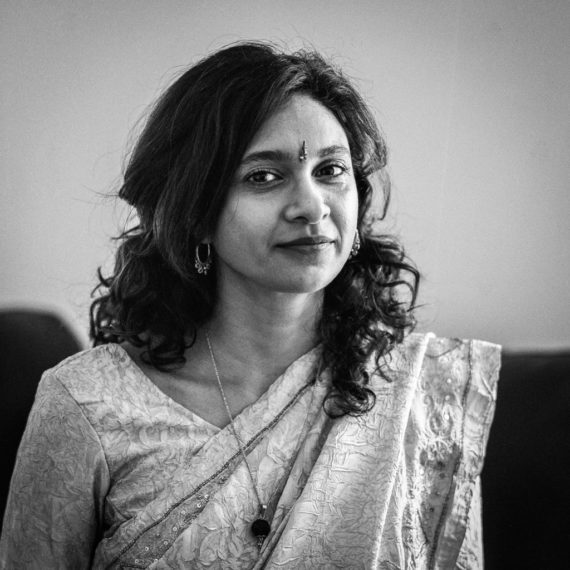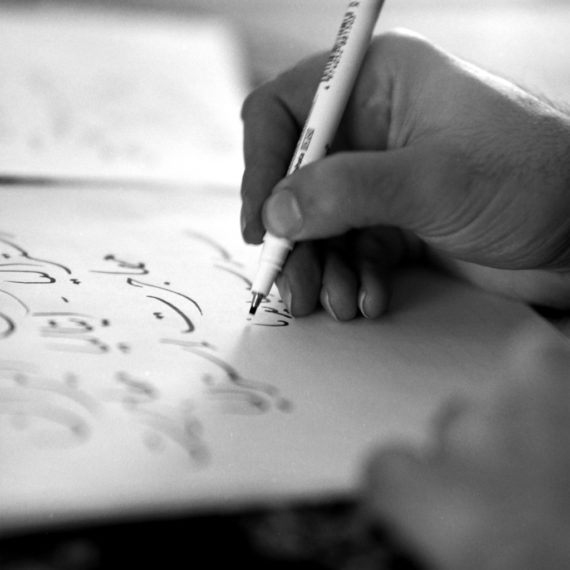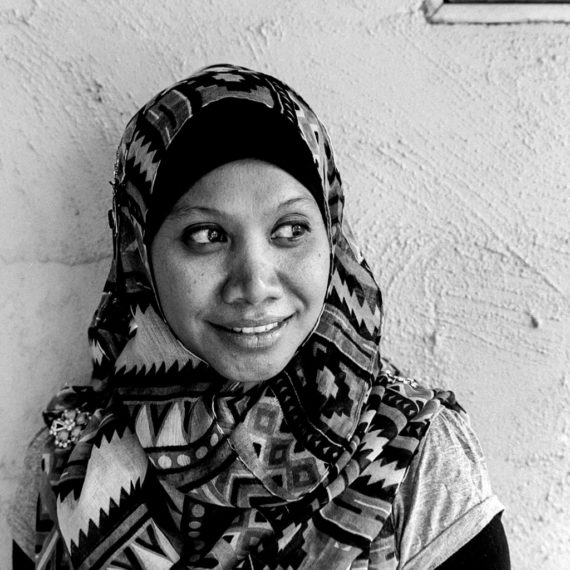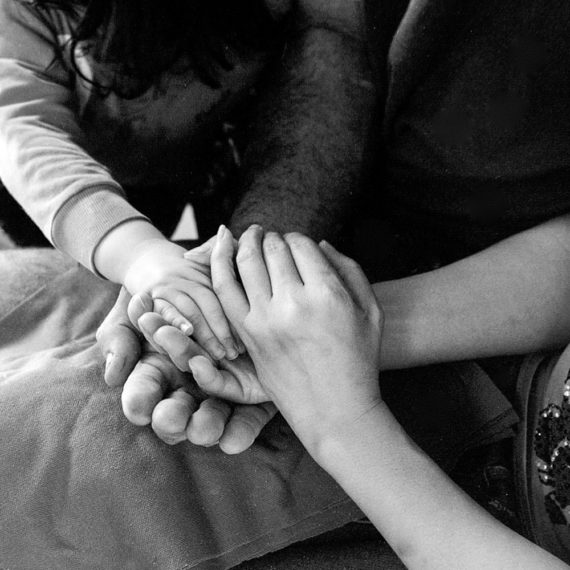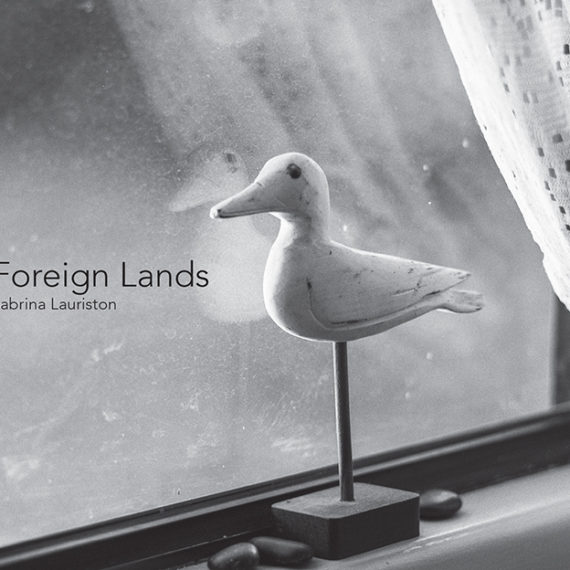Foreign Land
A photographic exhibition charting the personal stories of 32 migrants who arrived in Australia form 1949 – 2012. Featuring portrait film photography by Sabrina Lauriston and 32 written stories based on interviews conducted by Lauriston in 2014-2015. The migrants are drawn from the community of Bundaberg, Queensland but when the show is hung chronologically it represents the broader migrant trends that occurred in Australia since then post war years. The exhibition charts shares the stories of people who have arrived from all corners of the globe, form southern Europe, to South East Asia, the Middle East, Africa and places in between. The exhibition reflects the reality of migration – of the successes and happiness, the homesickness and loneliness, and takes the viewer on an emotional journey. Foreign Land is an exhibition that all communities can relate to, as it celebrates modern Australia and explores multiculturalism and its place in regional Australian communities.
Introduction by the artist
I was born in the little industrial town of Poggibonsi, located between Siena and Florence and surrounded by the beautiful hills of the Chianti region. The first memories that come up are that I have always been surrounded by beautiful landscapes and art. I remember fields of poppies and sunflowers; I remember golden wheat fields caressed by the wind and twisted country lanes and cobblestone streets; I remember poplar and olive trees and those endless vineyards in marvellous colours. And I remember the solid stone buildings; the signs of corrosion from the time of the medieval walls; squares with statues and rooms decorated with frescoes. Those were the cities where Dante Alighieri and Giovanni Boccaccio, Leonardo Da Vinci and Michelangelo walked. I never could imagine that one day all those things that I saw everyday and took for granted could become so precious in my heart.
I attended the state Institute of Art in Siena, with a speciality in painting, but I also learnt sculpture, pottery, different kinds of prints, as well as printing black-and-white photographs in the darkroom. I have always expressed myself through art but always considered it a hobby until I decided to work with my paintings and see where it would take me. And it brought me very far. My life was going to change so radically on that rainy morning in the town of San Gimignano when love struck me upon seeing that smile: it was an Australian man who entered my shop - intrigued by a painting of mine on the wall. That day changed my life and, two years later, I was flying to Australia for the second time - this time to start a new life. It was January 14, 2007.
But even the happiest immigrant has to face the cultural shock, the barrier of the language, the social position. Sooner or later, an immigrant has to realize that the book of his previous life is closed and he has to open a new one.
I was so happy to be here but I realized for the first time that I had no friends; I couldn't find any kind of job I could do in Italy; I couldn't understand people at the shops, or indeed, sometimes the new friends who were inviting me that ‘arvo’ for a cuppa. I painted because art has no barrier of language. After my daughter, Megan, was born, I felt the need to come back to photography, and I asked my mum to post me my old Yashica SLR camera and, once here, I finished the roll that had been sitting inside it for years. When I developed the film, I had not only slides of my beautiful blue-eyed baby girl, but also those of Tuscan fields covered in sunflowers.
That same year I was introduced to my first digital SLR and discovered the world of pixel and not grain. Time passed and photography became more a part of my life, my work and my way to express myself. But, I felt a certain nostalgia for film and so began film photography once again. It soon became my passion.
With time, I became interested in people and their stories - no more landscapes for me but people, faces, looks and the stories behind them. I had the pleasure of meeting many people in those years and I have to thank photography for this.
Always looking for a particular face to capture, I started looking around and I noticed the diverse multicultural community in Bundaberg. I was intrigued by the stories and the past and the reasons for all those people being here. I used photography as an instrument to play with, to break the ice and to have the courage to present myself asking them to talk about their story. This project was born because of my need to compare my experience as an immigrant with other immigrants and also to give voice to those who love to share their feelings, their hopes and their dreams.
To the community, it is my heartfelt desire that, by viewing my images and reading the accompanying stories, you may gain a greater understanding of who we are and why we are here.


